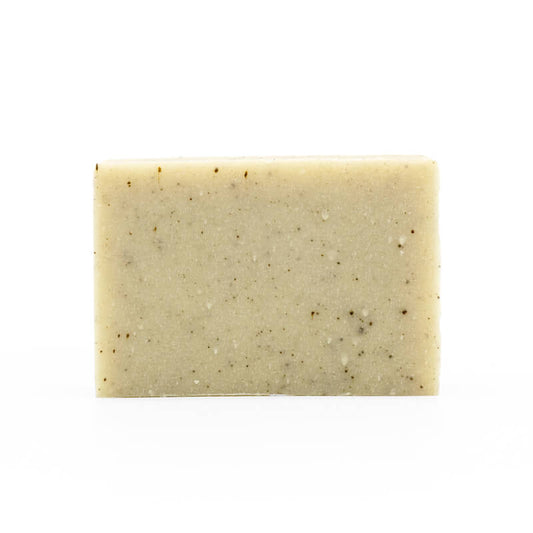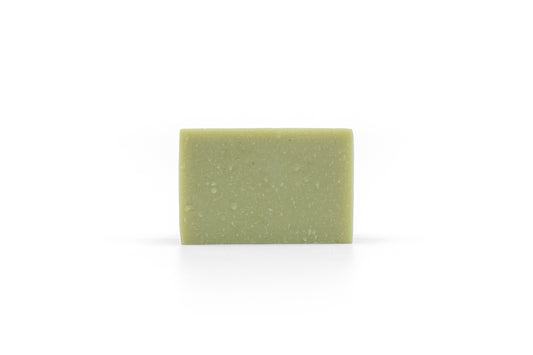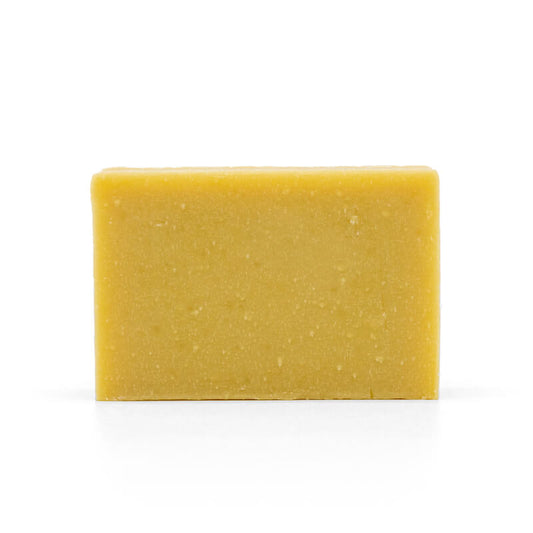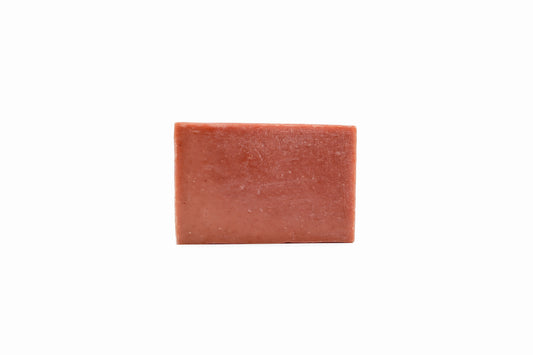Spearmint Essential Oil

Frequently encountered in foods and fragrances, spearmint is loved the world over. A natural source for powerful scented oils, spearmint joins the fragrance library at Beaverton’s and adds its unique minty touch to the aroma of naturally derived cold process soap.

Spearmint plants ; Image: Encyclopedia Britannica
One of the most well known types of mint, spearmint is a leafy herb that can be found growing wild across eurasia. The plant has been introduced all over the world and is now grown in countless countries across the globe. This species of mint is one of the most popular and it is used in all manner of flavoured and scented products. It is known by multiple names, such as “common mint” and “garden mint” but it is most easily recognized by the spearmint name, which is a reference to the pointed tips of its leaves that somewhat resemble the tips of battle spears. The overall shape of the plant can vary depending on its growth environment, but it always grows with a squared stem and serrated leaf margins like other members of the mint family. A plant with a long history of use, spearmint was first mentioned in the works of ancient Roman scholar Pliny the Elder more than two thousand years ago. Knowledge of spearmint is said to have spread across Europe by the 5th century C.E., at which time the herb was valued for use in a number of herbal remedies for common ailments. By the 16th century C.E., spearmint had become a well loved source of flavouring and fragrance, appearing in herbal teas and some of the earliest versions of flavoured toothpaste. Teas made from spearmint and similar herbs were apparently quite popular in the years leading up to the American Revolution, as they were not taxed in the same way as products of the tea plant, with such taxes having been an important motivator in the onset of the revolutionary conflict.

Herbal tea made with spearmint ; Image: Cleveland Clinic
Spearmint is grown all over the world, with its most ideal growing conditions being those in temperate zones. The spearmint plant produces pink and/or white flowers, but strong fragrance and flavour attributed to its leaves is substantially reduced by the time this stage of growth has been reached. For this reason spearmint plants are hardly allowed to flower and are exclusively harvested while unflowered and leafy when intended for use in food and scented products. Spearmint essential oils are made with steam distillation after the leaves and have been dried. The distinct smell and taste of spearmint are attributed to a form of the compound carvone, which is the most abundant natural substance found in spearmint oil. Although menthol and menthone are found in the spearmint plant, it has substantially less of these compounds than other well known types of mint, such as the almost equally popular peppermint plant. In addition to its use in consumer products, spearmint is also employed as a naturally occurring insecticide, particularly for use in fighting against moths and mosquitoes.

A pack of Wrigley's spearmint gum from 1932 ; Image: Made in Chicago Museum
One of the many natural fragrances found in Beaverton’s handmade soaps, spearmint opens the nose and stimulates the senses. Essential oil distilled from spearmint grown in the United States can be experienced together with other well known herbs in the aromatic lather of Dead Sea Mint, named after its unique blend of spearmint and peppermint. Along with the other naturally derived ingredients used by Beaverton’s, spearmint essential oil enhances cold process soap bars and brings a cooling edge to washing and self care.







